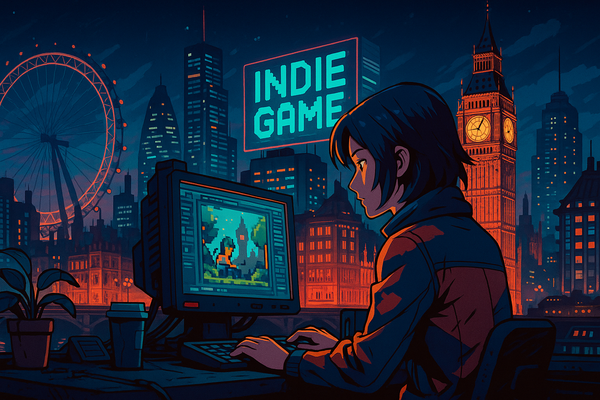DLCs and expansions: How to keep players engaged and generate ongoing revenue Post-Launch
In today’s gaming industry, the initial game launch is just the beginning. Indie developers can significantly extend the life of their games by offering downloadable content (DLC) and expansions. These add-ons provide new experiences for players, increase engagement, and create a sustainable revenue stream long after the initial purchase. In this article, we explore how indie developers can effectively use DLCs and expansions to keep their player base invested and generate ongoing revenue.
1. The role of DLCs in player engagement
DLCs provide additional content such as new levels, characters, storylines, and game modes. This not only extends the game's lifespan but also helps developers maintain interest and excitement within the player community(Yellowbrick)(AI Game Creation Company). Seasonal DLCs, event-based expansions, and limited-time content are particularly effective at creating urgency and re-engagement. By offering something new and time-sensitive, players have a reason to return, driving a cycle of regular activity(Main Leaf Games).
For indie developers, who often rely on smaller teams and budgets, these periodic updates help keep the game relevant and maintain a loyal player base. Moreover, DLCs give developers the flexibility to experiment with new ideas and concepts without the pressure of releasing a brand-new game.
2. Planning your DLC strategy
A successful DLC strategy requires careful planning from the early stages of development. By thinking ahead, developers can design content that naturally expands the game’s universe. For instance, story expansions can explore side characters, introduce new enemies, or even continue the main narrative(TellMyPlay). Mechanics-based expansions, on the other hand, might introduce new gameplay elements, such as new skills, items, or game modes, keeping the experience fresh.
Indie developers should also consider their community when planning DLCs. Involving players in the decision-making process—through feedback or polls—can guide developers toward content that their audience genuinely wants, ensuring that future updates are well-received(Game Art Studio).
3. Balancing paid and free content
One of the challenges with DLCs is balancing paid content with free updates. Offering free updates such as bug fixes or minor improvements keeps your game polished and ensures players feel they are receiving value, even if they haven’t purchased additional content.
Paid expansions, on the other hand, should deliver substantial value—whether it’s hours of new gameplay, deep narrative additions, or enhanced mechanics. Offering a blend of free and paid content creates goodwill among players and increases the likelihood that they will support your paid expansions.
4. Leveraging Limited-Time events and expansions
Limited-time DLCs and seasonal expansions can foster a sense of urgency, encouraging players to jump back into the game to experience exclusive content.
Seasonal events tied to real-world holidays or significant milestones (like the game’s anniversary) can provide fresh challenges, cosmetic items, and in-game rewards. These events not only drive short-term engagement but also contribute to a long-term content strategy that keeps players consistently engaged.
5. Revenue generation through DLCs
DLCs and expansions offer a lucrative revenue stream, particularly for indie developers. With the initial development costs already covered by the core game, releasing paid expansions is a cost-effective way to boost revenue. However, developers must ensure that the content justifies the price. Overpriced or underwhelming DLC can erode player trust and deter future purchases.
A smart approach is to bundle multiple DLCs into a “season pass,” allowing players to purchase upcoming expansions at a discounted rate. This approach not only provides upfront revenue but also commits players to stay engaged with future content.
DLCs and expansions are crucial tools for indie developers looking to extend player engagement and generate ongoing revenue. By offering a mix of substantial paid expansions and regular free updates, developers can maintain a thriving player base while exploring new ideas within their game worlds. Thoughtful planning, transparency, and community involvement are key to crafting successful post-launch content that keeps players excited and invested.




